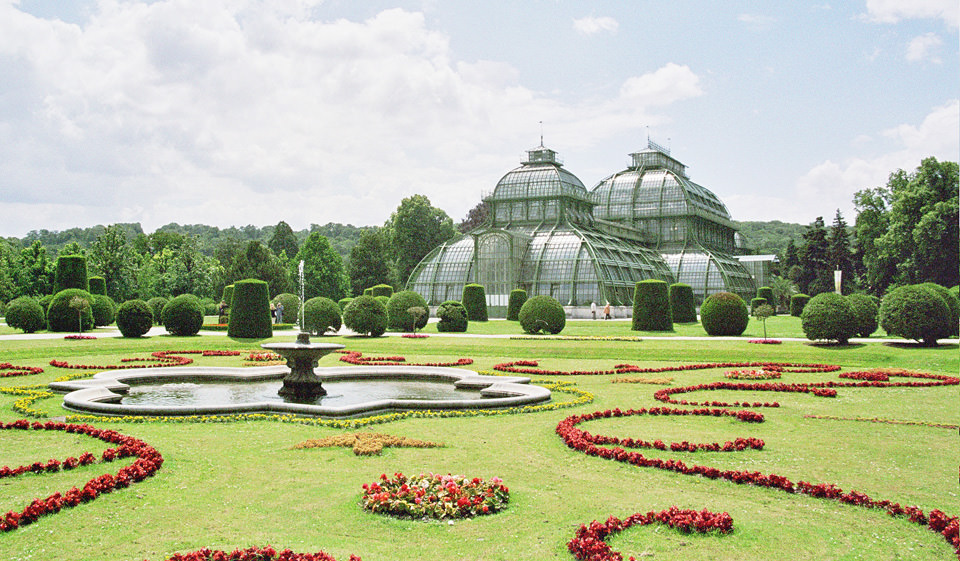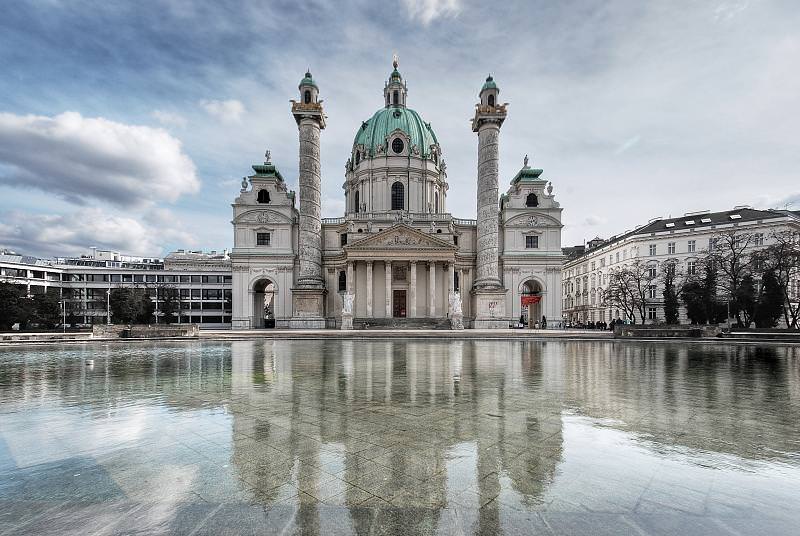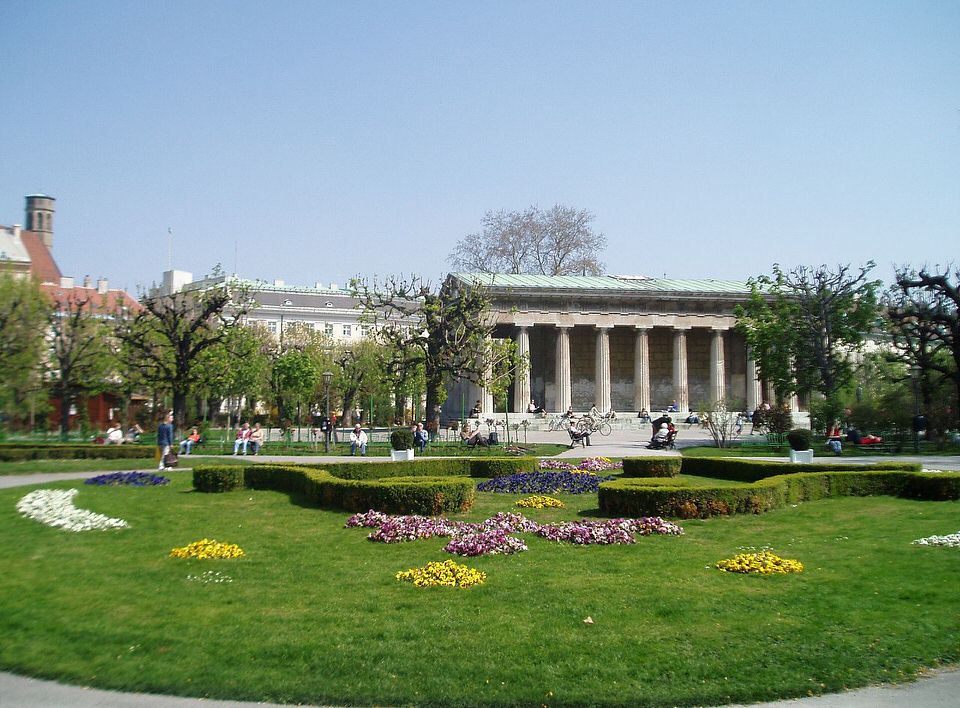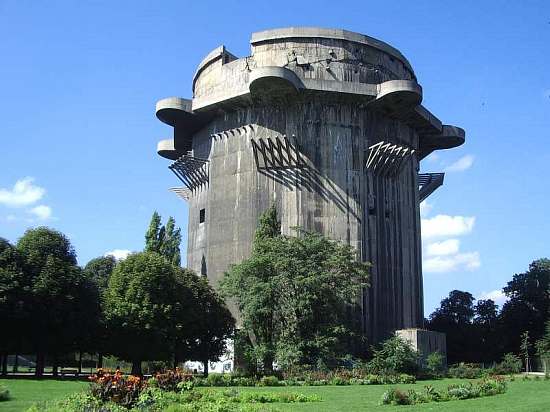
Vienna
There is much to see: From Gothic St. Stephen’s Cathedral to the Imperial Palace to the Art Nouveau splendor of the Secession, from the magnificent baroque palace Schabrunn to the Museum of Fine Arts to modern architecture at the Museums Quartier. Walk in the footsteps of the Habsburgs, visit the splendid baroque Schanbrunn and Belvedere Palaces, or stroll along the Vienna’s magnificent Ring Boulevard and take a look at the heart of the former vast Habsburg empire, the Imperial Palace. Get a sense of the luster and glory of the old empire by visiting St. Stephen’s Cathedral, the Spanish Riding School, the Giant Ferris Wheel at the Prater, as well as the sarcophagi in the Imperial Vault.
Searching for inspiration? Our Virtuoso, Austria Travel Advisors will make planning fun, save you lots of time, stress and mistakes. We do everything, air, car, hotel, transfers, etc. It helps us help you if you begin with our vacation planner and we’ll connect you to the appropriate travel advisor who not only knows Vienna intimately, but will handle all the details, get you great airfare deals, car, transportation, tours–you name it.
Vienna: As the capital of the Austro-Hungarian Empire, over a period of several centuries, Vienna was able to harness the creative and intellectual resources of all of central Europe, setting into motion a powerful, long-standing tradition of cultural and artistic achievement and intellectual innovation that shows no signs of letting up. Vienna was – and remains one of the undisputed capitals of art, music, architecture, fashion, theater, literature, intellectual pursuits, as well as a site of political and social significance in the international arena.
Schloss Schanbrunn: Much of Vienna’s cultural history is reflected in magnificent buildings and some of the glorious music created here. The Viennese are justifiably proud of their heritage – but much as they cherish the past, they don’t live in it any more. What makes Vienna so particularly beautiful and interesting is the way the old and the new live together harmoniously. It is no coincidence that some of the resplendent buildings of the old days have taken up a new role in shaping the future and history of Austria and, ultimately, Europe – it was at Baroque Belvedere Palace where Austria’s State Treaty was signed; Schonbrunn Palace, the summer residence of the Habsburgs, has sometimes served as background for international state receptions, such as the historic meeting between Kennedy and Khrushchev; some of the most venerable palaces and mansions now house government offices; and recently, the Imperial Palace hosted a grand summit meeting of all members of the European Union where decisive steps for Europe’s future were taken.
Spanische Hofreitschule: Indeed, no other city in the world merits the term “imperial” as much as Vienna. For 640 years, the Habsburgs ruled a huge empire from Vienna, the capital city of a monarchy made up of many different nationalities – it was so vast that it was said at one point that the sun never sets on the Austrian empire.î The city is still dominated by the palaces, squares and many other vestiges of the imperial capital.
The Habsburgs preferred to expand their territories through marriage rather than war, and hence Maximilian’s famous maxim: “Let others wage war, you, happy Austria, marry !” (“Bella gerant alii, tu felix Austria nube”) became the catchword for an entire dynasty. Instead, the Habsburgs devoted their time to building magnificent palaces, grand boulevards for their processions and to raising the cultural and intellectual life in the empire’s capital.
After all, it was the Viennese court that was responsible for the atmosphere in which some of the world’s greatest musicians flourished and were able to write some of the world’s greatest music. At the same time, the Habsburgs left behind a magnificent art collection. The Habsburg empire is now part of history, but its magic lives on in Vienna.
When the heavens smile on the city, the term the Viennese use to this day is Kaiserwetter – weather fit for an emperor. Many stores still take pride in having been purveyors to the “k.u.k.” (imperial-royal) court; at some former imperial court bakeries and numerous coffeehouses, one may sip a Kaisermelange (imperial coffee). Anybody with enough money and a taste for luxury naturally stays at the Hotel Imperial. One of the hottest tourist attractions remains a performance of the Lipizzans, those famous White Stallions, at the (originally imperial) Spanish Riding School. On Sundays and Holidays, the- formerly imperial – Vienna Boys’ Choir performs at the Chapel of the Imperial Palace. Vienna also sports an old-fashioned leisurely mode of transportation worthy of an emperor: a ride in a horse-drawn carriage, a Fiaker, is a special treat for Viennese and tourists alike; and one of Vienna’s most festive balls is the Imperial Ball (Kaiserball) at the Imperial Palace.
Indeed, no other city in the world merits the term “imperial” as much as Vienna. For 640 years, the Habsburgs ruled a huge empire from Vienna, the capital city of a monarchy made up of many different nationalities – it was so vast that it was said at one point that the sun never sets on the Austrian empire.î The city is still dominated by the palaces, squares and many other vestiges of the imperial capital.
The Habsburgs preferred to expand their territories through marriage rather than war, and hence Maximilian’s famous maxim: “Let others wage war, you, happy Austria, marry !” (“Bella gerant alii, tu felix Austria nube”) became the catchword for an entire dynasty. Instead, the Habsburgs devoted their time to building magnificent palaces, grand boulevards for their processions and to raising the cultural and intellectual life in the empire’s capital.
After all, it was the Viennese court that was responsible for the atmosphere in which some of the world’s greatest musicians flourished and were able to write some of the world’s greatest music. At the same time, the Habsburgs left behind a magnificent art collection. The Habsburg empire is now part of history, but its magic lives on in Vienna.
When the heavens smile on the city, the term the Viennese use to this day is Kaiserwetter – weather fit for an emperor. Many stores still take pride in having been purveyors to the “k.u.k.” (imperial-royal) court; at some former imperial court bakeries and numerous coffeehouses, one may sip a Kaisermelange (imperial coffee). Anybody with enough money and a taste for luxury naturally stays at the Hotel Imperial. One of the hottest tourist attractions remains a performance of the Lipizzans, those famous White Stallions, at the (originally imperial) Spanish Riding School. On Sundays and Holidays, the- formerly imperial – Vienna Boys’ Choir performs at the Chapel of the Imperial Palace. Vienna also sports an old-fashioned leisurely mode of transportation worthy of an emperor: a ride in a horse-drawn carriage, a Fiaker, is a special treat for Viennese and tourists alike; and one of Vienna’s most festive balls is the Imperial Ball (Kaiserball) at the Imperial Palace.






